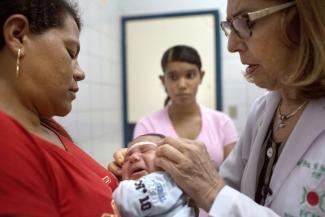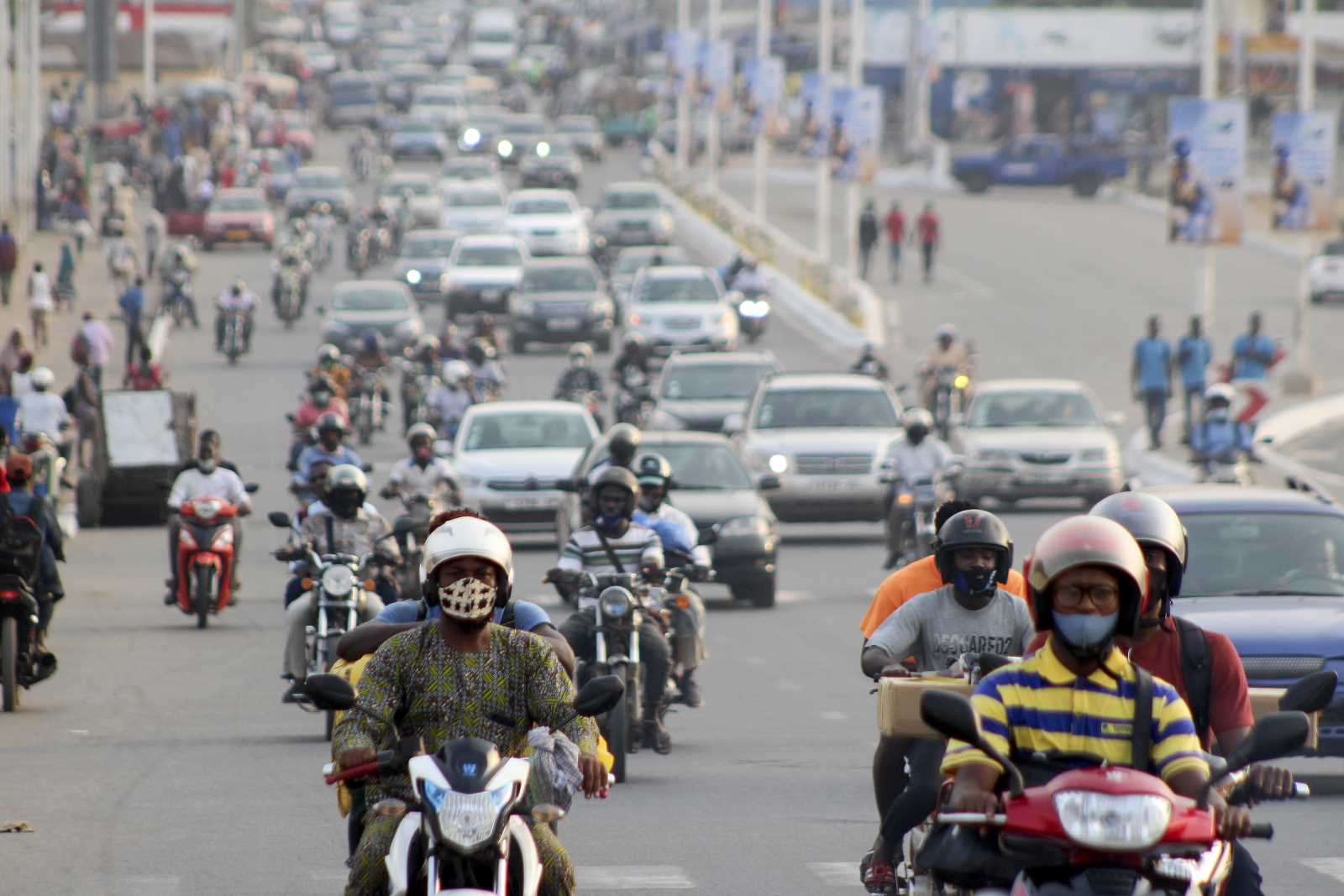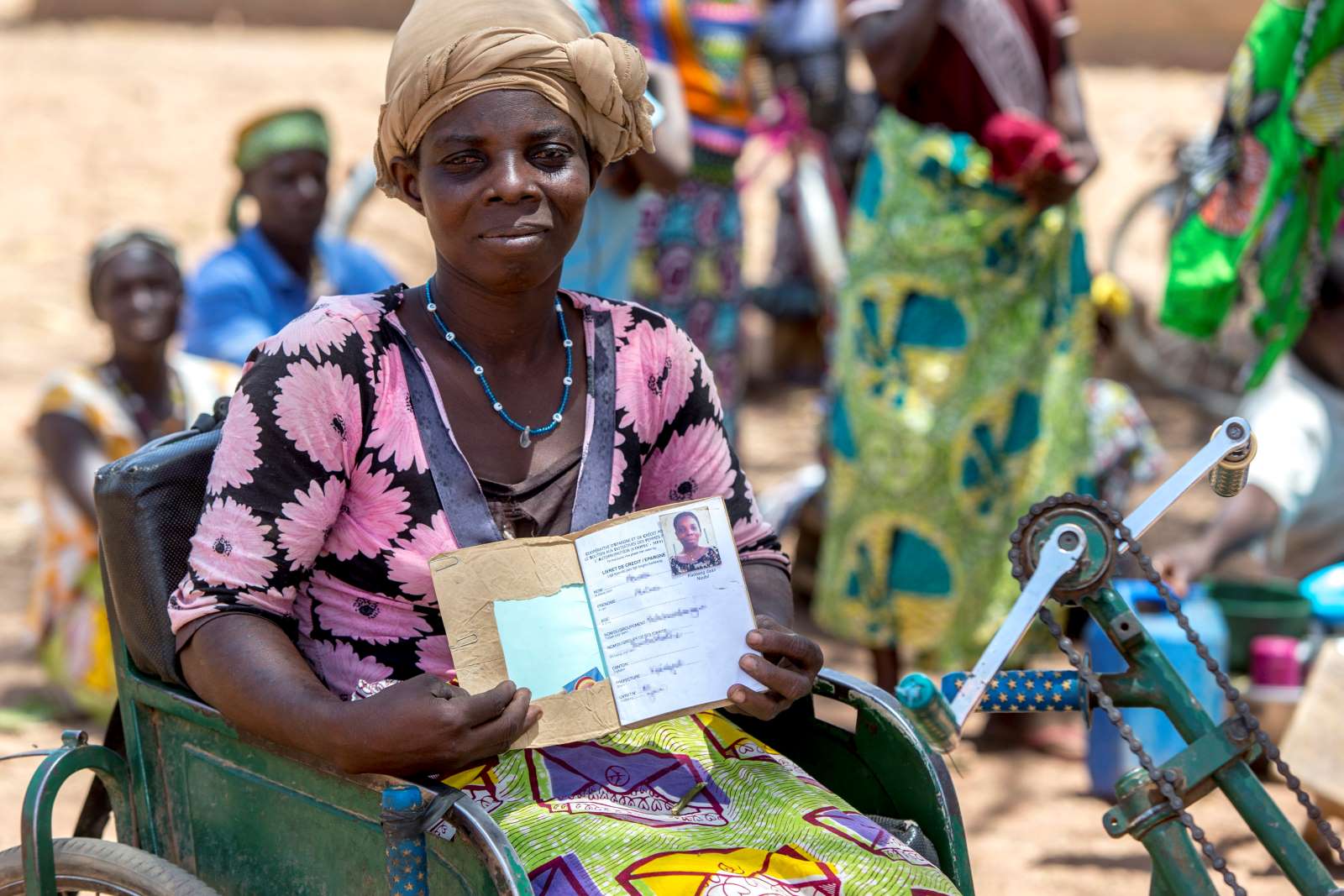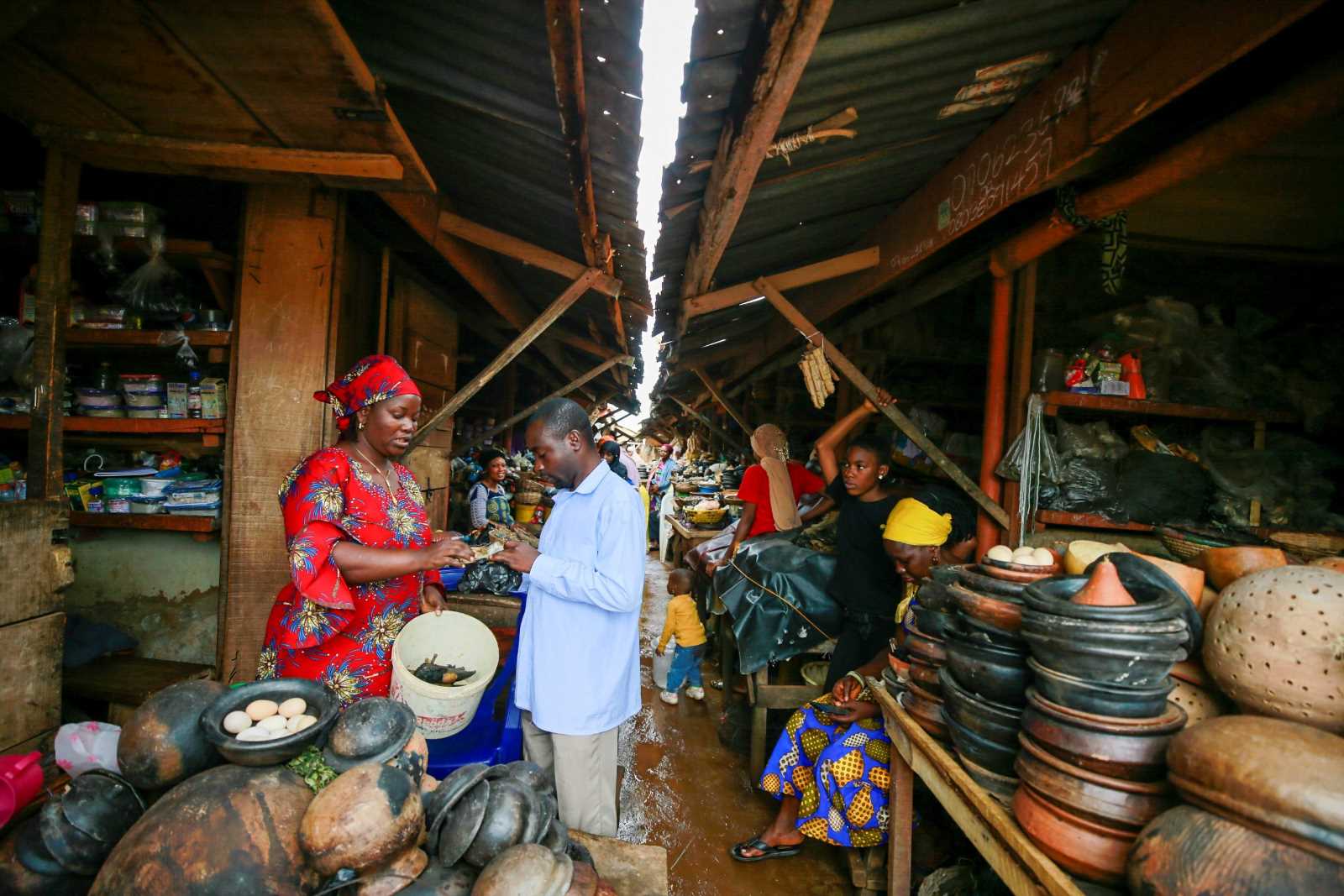Zika virus
Virus shines light on structural problems

Brazil has the most cases of ZIKV in Latin America. The impacts of the virus have been so bad that the government declared a national state of emergency. According to estimates, over 1.5 million people have been infected with ZIKV in Brazil. The Ministry of Health has reported that at least 205 babies have been born with ZIKV-related microcephaly, more than twice as many as usual. The incidence of Guillain-Barré syndrome, a nervous system disorder, has also increased by 19 % since the outbreak of the virus. Hardest hit by are Brazil’s poorer regions in the north and north-east, and in those regions, poor and disadvantaged families have been disproportionately affected.
Just two months after the microcephaly outbreak in October 2015, the Brazilian government published a national plan to tackle the crisis on three main fronts: fighting mosquitoes, providing care to affected families and devoting resources to technological development, education and research. To fight ZIKV this year, the government pledged 500 million reais (€ 141 million), and the largest share was earmarked for the national health fund which finances the national health service (SUS).
In order to fight the virus, the government focused first and foremost on eliminating the Aedes aegypti mosquito species, which spreads the virus. It deployed over 200,000 soldiers in the hardest-hit regions. Their job was to distribute informational bulletins, destroy mosquito-breeding grounds and kill mosquitoes and their larvae with insecticides. At least 400,000 pregnant women were given mosquito repellent. Moreover, the government conducted awareness-raising in schools and in the media across the nation.
Reports of ZIKV cases have indeed fallen. In June the number was 80 % lower than in the months February to May. Brazilian health officials say the decline results from the “national mobilisation” against mosquitoes. Some experts think that the epidemic will soon have run its course in Brazil, since people who have been infected once become immune to the virus. Others believe that the drop in cases is linked to the beginning of the cold season. They argue that there will be more infections starting in spring, though there may ultimately be fewer than this year.
Impact
In Brazil, the consequences of zika have been dramatic. The skull deformities caused by microcephaly tend to harm babies’ intellectual and physical development. They will require constant care for the rest of their lives, which places an enormous emotional and financial strain on many families. In Pernambuco, the state in north-eastern Brazil that had the highest number of cases, 77 % of affected families live in extreme poverty. Many families face a significant loss of income because one parent will probably have to stay home and take care of the child full-time.
It has proved difficult to obtain the medical treatment and financial support promised by the government. Many mothers of new-born are required to travel hours to the nearest hospital and, once there, wait hours more for their babies to be seen. That’s after waiting months to get an appointment at all. ZIKV has plainly overwhelmed the public health services, which had already been underfunded for years. Inadequate infrastructure, a lack of staff, drug shortages and underpaid doctors: Brazil had been struggling with these problems before the outbreak, and they have not suddenly disappeared. The consequences have been especially serious for the children and families affected by microcephaly. Depending on the severity of the case, a child may need treatment from multiple specialists.
The full impact of the epidemic will only become clear over time. Until last year’s large-scale outbreak, little international attention was paid to the virus. That was so even though studies showed that the previous zika outbreaks in French Polynesia also coincided with a rise in cases of microcephaly and Guillain-Barré syndrome. It isn’t yet known why ZIKV spread the way it did in Brazil and why there were such major regional differences.
Infrastructure
The most important issues that have a bearing on how viral infections spread are the local ecology, population immunity and plain chance. Genetic factors, nutrition and environmental pollution also play a role, according to scientists. A region’s level of development matters too. It is no coincidence that Brazil’s least-developed areas were hardest hit by ZIKV. Poor water supply and inadequate sanitation contribute to the virus spreading. According to the UN, improving relevant infrastructure is the most effective way to prevent future ZIKV epidemics.
Almost 40 % of Brazilians have no access to a public water supply or clean drinking water. Improvised cisterns are ideal breeding grounds for mosquitoes. Infrastructure is particularly weak in the north-eastern parts of the country. Dengue has the highest incidence there too. Eighty percent of people there have already had that disease, which is also transmitted by Aedes aegypti.
Another problem is that some areas lack sewage disposal. According to the latest data from Brazil’s National Sanitary Surveillance Agency, wastewater was being collected for only 48 % of households in 2013, and only 39 % of that waste was being treated. Researchers in Brazil have discovered that Aedes aegypti can also breed in dirty water, which further increases the risk that mosquito-borne illnesses will spread. The CNI, the national confederation of industries, has estimated that the country will not be able to provide comprehensive sanitation until the year 2054.
Renata Buriti is a postgraduate researcher at the Technical University of Cologne and specialises in water resource management.
re.buriti@gmail.com













